If you have ever used Loctite to secure a screw, you know that it can be difficult to remove them when you need to. In this article, we will answer some of the most common questions about removing screws with Loctite. We will also provide some helpful tips on how to make the process easier. So, whether you are trying to remove a screw that has been Loctited in place for years, or you just need to get that last bit of adhesive off the screw head, we have you covered!
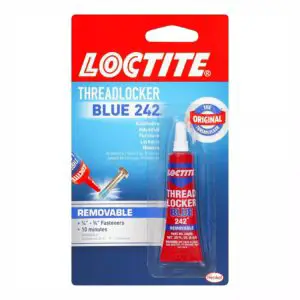
What is Loctite?
Loctite is a brand of adhesive that is used to secure screws in place. It is a strong, permanent adhesive that can be difficult to remove once it has been applied. [1]
Types of Loctite thread locker
There are three main types of Loctite: blue, red, and green. Blue Loctite is the most common type and is best for screws that are frequently removed and replaced. Red Loctite is permanent and should only be used on screws that will not need to be removed. Green Loctite is designed for use in high temperature applications.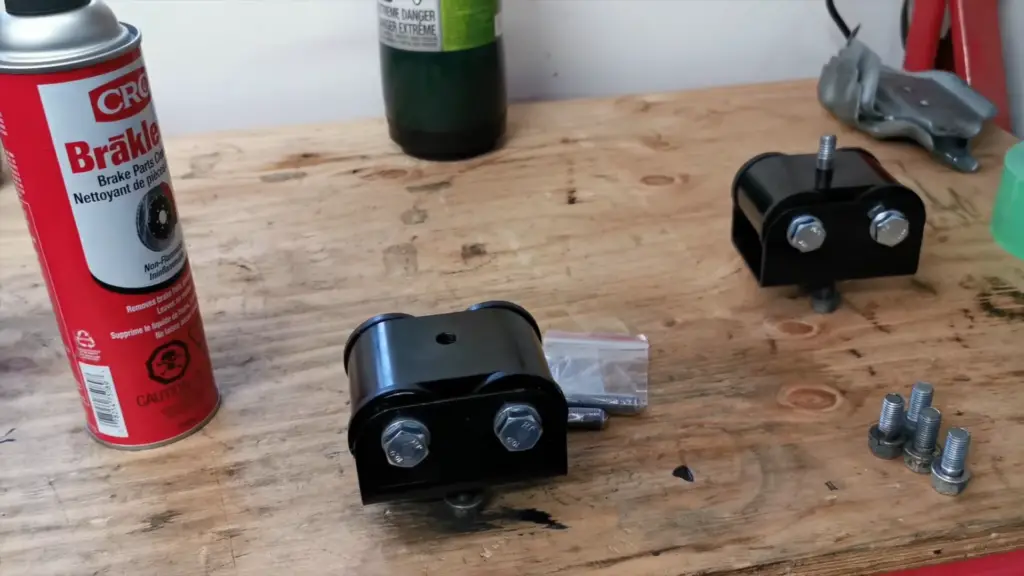
To remove screws with Loctite, you will need to purchase a product called “Loctite Thread Locker Remover.” This product can be found at most hardware stores or online retailers. Follow the instructions on the package to remove the screw. [1]
Using heat to remove a bolt fixed with Loctite thread locker
Step 1
Applying heat to the bolt head with a soldering iron, torch, or heat gun will loosen the bond between the screw and thread locker. [1]
Step 2
Once you’ve applied enough heat, use a pair of pliers or a screwdriver to carefully remove the screw. Be careful not to burn yourself on the hot wax! If the screw is still giving you trouble, try cooling it down with a blast of cold air from a can of compressed air. Once it’s cooled, it should be easier to remove. [1]
Step 3
If the screw is still not budging, you can try applying heat to the area around the screw. This will help to loosen the adhesive and make it easier to remove the screw. Be careful not to apply too much heat, as this could damage the surrounding area.
One way to do this is to use a hair dryer or heat gun on a low setting. Hold it about six inches away from the screw and move it around until you see the Loctite start to soften. Another way is to use a soldering iron on a low setting; touch it to the head of the screw for a few seconds before trying to remove it. [1]
Step 4
Use Chemical Solvents
There are a few different chemical solvents that can dissolve Loctite adhesives. The most common are acetone, methylene chloride, and toluene. You can purchase these solvents at your local hardware store.

If you decide to use a chemical solvent, make sure that you take the necessary precautions. Work in a well-ventilated area and wear gloves and eye protection. Apply the solvent to a rag and then apply it to the head of the screw. Let it sit for a few minutes before trying to remove the screw again.
Acetone is usually the quickest way to dissolve Loctite adhesives. However, it is also the most dangerous solvent to work with. Methylene chloride and toluene are safer alternatives, but they may take longer to work. [1]
Removing Thread locked Screws With A Soldering Iron
If your screw is still firmly in place despite your best efforts, it’s time to break out the big guns. Using a soldering iron is an effective way to remove screws that are thread locked. This method works by heating up the screw and melting the adhesive holding it in place. Here’s how to do it:
- First, heat up your soldering iron and apply it to the head of the screw.
- Keep the iron on the screw for a few seconds to allow the heat to transfer.
- Next, use a pair of pliers or a wrench to turn the screw while the head is still hot. The heat will have softened the adhesive, making it easier to remove the screw.
- With a little patience, the screw should come out relatively easily. [2]
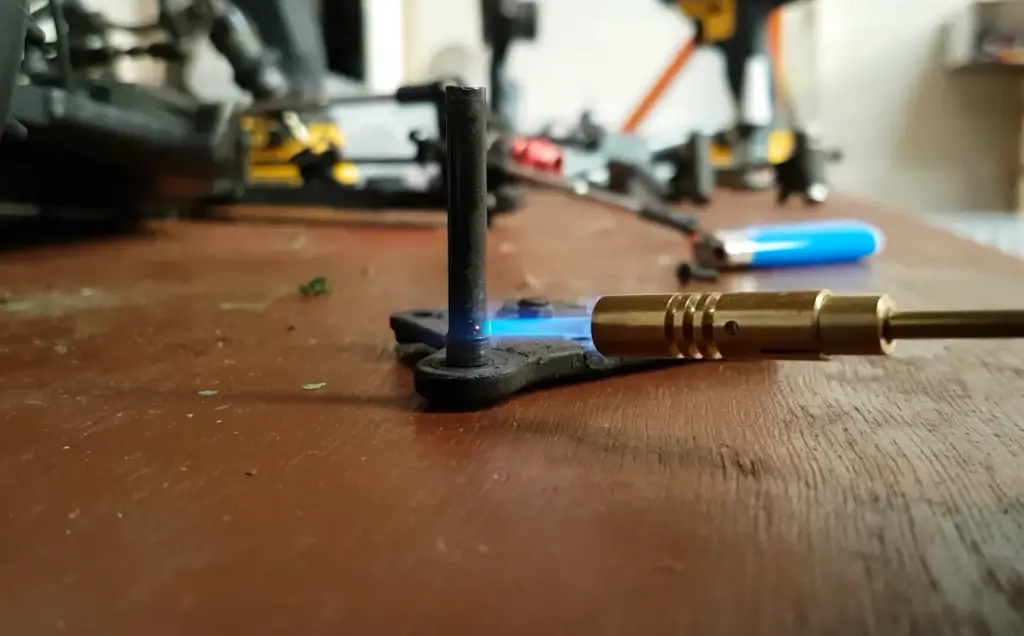
How to Remove Loctite
Way 1
If the Loctite is still wet, you can use a heat gun to remove it. This will cause the Loctite to expand and loosen its grip on the screw. Be careful not to overheat the area, as this could damage the screw or surrounding materials.
To remove Loctite with a heat gun:
- Set the heat gun to low power and hold it about six inches from the affected area.
- Apply heat for 30 seconds to one minute, or until the Loctite becomes soft and runny.
- Use a putty knife or other flat object to pry the Loctite off of the surface.
- Wipe away any residue with a clean cloth. [3]
Way 2
If the first method didn’t work or if you don’t have any WD-40, you can try using a hammer and screwdriver. First, take your screwdriver and place it on top of the screw. Make sure that the head of the screwdriver is lined up with the head of the screws. Then, take your hammer and lightly tap on the end of the screwdriver. This will cause the screws to loosen up and come out.
Way 3
If you don’t have any acetone or alcohol on hand, you can try using a hairdryer. Just heat up the head of the screw for about 30 seconds. This will soften the Loctite and make it easier to remove. Be careful not to overheat the screw, as this could damage it.
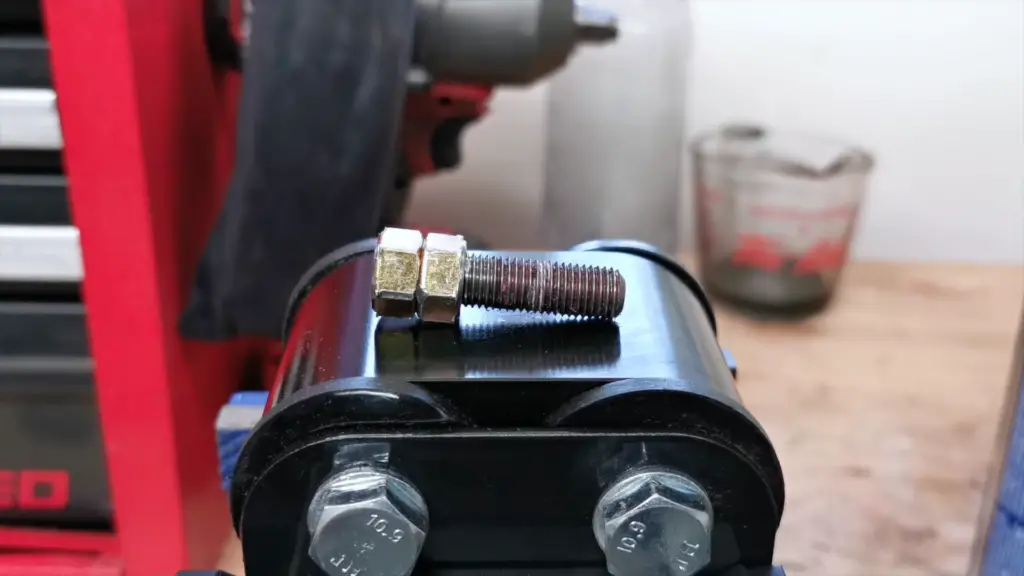
Once you’ve heated up the screw, use a screwdriver to remove it. If the screw is still being stubborn, you can try heating it up again for another 30 seconds. [3]
Way 4
This is probably the most common way to remove screws with Loctite. You will need a screwdriver that fits the head of the screw snugly. If the fit is too loose, the screwdriver will slip and possibly strip the head of the screw. Apply pressure to the handle of the screwdriver while turning it counterclockwise. It may take some time and effort, but eventually, the Loctite should break down and release its grip on the threads of the screw.
If you find that your screwdriver is slipping or stripping the head of the screw, try using a power drill instead. Be sure to use a lower speed setting on your drill so that you don’t damage or strip. [3]
Safety precautions
Before you attempt to remove any screws that have been secured with Loctite, it is important to take some safety precautions. First, make sure that you are wearing the proper safety gear, including gloves and eye protection. Second, always work in a well-ventilated area. Third, be aware of your surroundings and make sure that there are no flammable materials nearby. Finally, always follow the instructions on the Loctite product label. [2]
FAQ
What will dissolve Loctite?
There are a few chemicals that can dissolve the adhesive, including acetone, methylene chloride, and toluene. You can find these solvents at your local hardware store.
Another option is to use heat. You can apply heat with a soldering iron, hair dryer, or heat gun. Apply the heat for about a minute before trying to remove the screw.
Why is the screw not coming out?
One of the most common questions we get is “why is the screw not coming out?” The answer may vary depending on the situation, but typically it’s because the Loctite has dried and hardened, making it difficult to remove. In some cases, you may need to use a heat gun or other tool to soften the adhesive.
If you’re still having trouble removing the screw, try these tips:
- Use a higher quality drill bit – this will help prevent stripping
- Apply more pressure when drilling – this will help loosen the grip of the adhesive
- Use a left-handed drill bit – this can be helpful if the screw is stripped or damaged
- Use a impact driver – this can provide extra torque to loosen the screw
How do you remove a screw that is glued?
If you’re dealing with a screw that is glued, then you’ll need to use a little more force to remove it. You can try using a pair of pliers or a screwdriver to twist the screw out. If that doesn’t work, then you may need to use a heat gun or hair dryer to heat up the glue and loosen the bond.
Another option is to use a solvent-based adhesive remover, which can be found at most hardware stores. Simply apply the remover to the area around the screw and wait for it to dissolve the glue. Once the glue has been loosened, you should be able to remove the screw easily.
Finally, if all else fails, you can always drill out the screw. This will obviously damage the surrounding area, so it should only be used as a last resort.
How do you remove a stripped screw with Gorilla Glue?
If you’re wondering how to remove a stripped screw with Gorilla Glue, the answer is actually quite simple. All you need is a few tools and some patience. First, use a drill bit that is slightly smaller than the screws diameter to make a pilot hole in the center of the screw. Next, use a screw extractor or easy out to remove the screw. Finally, use some sandpaper or a file to remove any remaining glue from the hole.
Do you need to remove old Loctite?
If you need to remove old Loctite, there are a few things you can do. One is to use heat. You can use a soldering iron or even a lighter to heat up the area around the Loctite. This will help break down the adhesive.
Another way to remove old Loctite is with chemicals. There are a few different chemicals that can be used for this purpose, but one of the most common is acetone. You can usually find acetone at your local hardware store.
Once you have removed the old Loctite, you will need to clean the area before applying new Loctite. Otherwise, the new Loctite will not adhere properly. To clean the area, you can use a degreaser or even just soapy water.
Once the area is clean, you can apply the new Loctite. Make sure to follow the instructions on the package for the best results.
Useful Video: Remove *RED* Loctite WITHOUT Heat!
Conclusion
With these few tips, you should be able to remove screws with Loctite without too much difficulty. Remember to take your time and use the right tools for the job. With a little patience, you’ll be able to get those stubborn screws out in no time. Thanks for reading!
Do you have any other tips on how to remove screws with Loctite? Let us know in the comments below!
References
- https://www.conro.com/how-do-i-remove-a-bolt-which-is-fixed-with-loctite-thread-locker/
- https://hackaday.com/2021/10/04/removing-threadlocked-screws-with-a-soldering-iron/
- https://www.hunker.com/13416387/how-to-remove-loctite











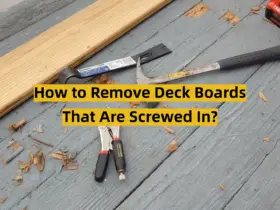
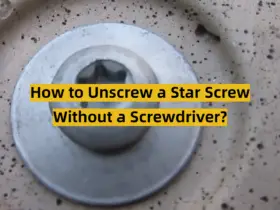
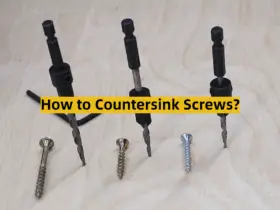
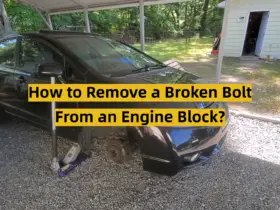
When dealing with screws secured with Loctite, my go-to method is applying heat using a hairdryer or a heat gun. Loctite typically softens at higher temperatures, and gently heating the screw for a few minutes helps break down the bond. Once heated, I use a well-fitted screwdriver to turn the screw, and the Loctite’s grip is significantly weakened, making removal much easier.
In my experience, breaking the bond of Loctite on screws involves using a penetrating oil like WD-40 or PB Blaster. I apply the oil generously on the screw and let it sit for a few hours or overnight. The penetrating oil works its way into the threads, gradually loosening the Loctite’s grip. With this method, I’ve successfully removed screws without damaging them or the surrounding material.
To remove screws with Loctite, I use a combination of heat and a manual impact driver. After applying heat to the screw with a heat gun, I secure the impact driver onto the screw head and give it a quick, sharp twist. The combination of heat and impact helps break the bond of Loctite, allowing for easier screw removal.
For screws stubbornly held by Loctite, I employ the reverse drill bit technique. Using a drill in reverse, I select a drill bit slightly smaller than the screw size. As the drill bit turns counterclockwise, it grips the screw and, with luck, unscrews it due to the reverse rotation. This method is effective, especially when combined with penetrating oil for added lubrication.
My preferred method for removing screws with Loctite is using a manual impact driver and a bit designed for impact use. The impact driver delivers sudden rotational force, breaking the bond of Loctite, and allowing for easier screw removal. It’s a straightforward and effective technique that minimizes the risk of damaging the surrounding material.
When faced with screws locked in place by Loctite, I turn to a chemical approach. Applying a Loctite adhesive remover or acetone to the screw allows the solvent to penetrate and weaken the bond. After letting it sit for some time, I use a properly sized screwdriver to attempt removal. This method is particularly useful when dealing with small or delicate screws.
Removing screws with Loctite is made easier by using a combination of vibration and penetrating oil. I apply penetrating oil to the screw threads and then use a handheld electric screwdriver or a dedicated impact driver to create vibrations. The combination of the oil and vibrations helps break the Loctite bond, making the screws easier to turn and remove.
Dealing with screws secured by Loctite, my preferred method involves using a handheld torch. Applying focused heat directly to the screw for a minute or two softens the Loctite, making the screw easier to turn. It’s crucial to use heat-resistant gloves and allow the metal to cool slightly before attempting removal. This method has consistently worked for me, providing a simple and effective way to break the Loctite bond.
A trusty method I’ve used to remove screws with Loctite is a combination of penetrating oil and patience. I apply a liberal amount of penetrating oil, such as Liquid Wrench, to the screw threads and let it soak for several hours or even overnight. The oil seeps into the Loctite, significantly weakening its grip. This technique, coupled with using a high-quality screwdriver, has proven successful in numerous instances.
When faced with screws stubbornly held by Loctite, I turn to the tap-and-hammer method. I tap the screwdriver lightly into the screw head with a hammer, creating a small initial rotation. This action helps break the Loctite seal. Following this, I use a high-quality screwdriver to complete the removal. It’s a careful process, but the tapping motion has proven effective in loosening the bond.
My go-to method for removing screws with Loctite involves using a screw extractor. After applying heat to the screw with a heat gun, I carefully drill a small pilot hole in the center of the screw and then use the screw extractor counterclockwise to grip and remove the screw. This method works well, especially when dealing with screws deeply seated or tightly secured with Loctite.
For screws locked in place by Loctite, I’ve successfully used a combination of tapping and penetrating oil. I tap the screw lightly with a hammer to create vibrations and then apply penetrating oil generously. After letting it sit for a while, the combination of vibrations and lubrication often weakens the Loctite grip, allowing for smoother screw removal.
In my experience, a manual impact driver has been a game-changer for removing screws with Loctite. After applying heat to the screw with a heat gun, I secure the manual impact driver onto the screw head and give it a sharp twist. The sudden rotational force generated by the impact driver effectively breaks the Loctite bond, making the screw much easier to remove.
When faced with screws stubbornly held by Loctite, I resort to a combination of tapping and using a rubber band. I tap the screw lightly with a hammer to create vibrations and then place a wide rubber band over the screw head to provide extra grip for the screwdriver. This method often enhances the torque applied, facilitating the loosening of the Loctite bond.
Removing screws with Loctite becomes less challenging with a vibrating screwdriver. After applying heat to the screw with a heat gun, I use a cordless screwdriver with a vibration setting. The combination of heat and vibrations helps break the Loctite bond, making the screw removal process smoother. This method has proven effective, especially for screws in tight spaces or with excessive Loctite residue.